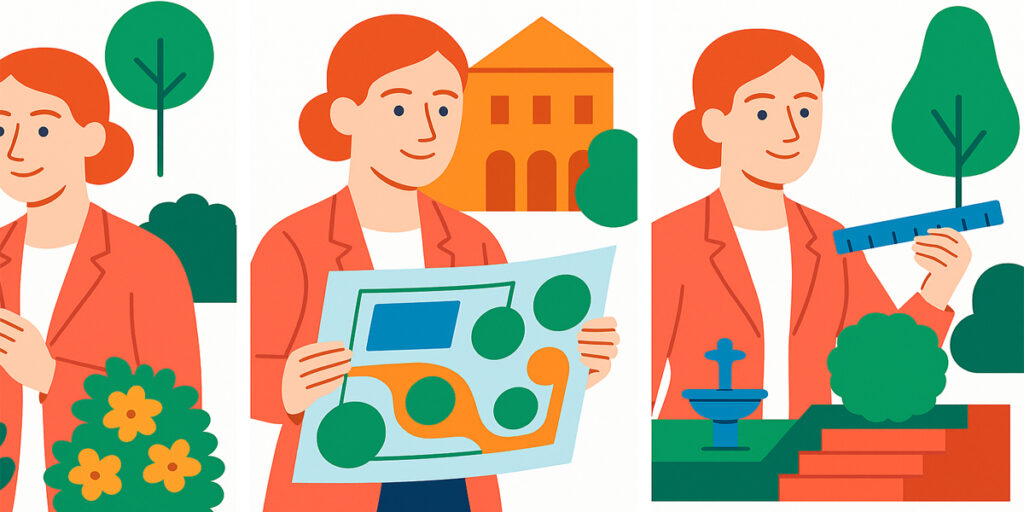On a quiet evening in Vienna, 1878, a girl was born who would someday crack open the atom—not to destroy, but to understand. Her name was Lise Meitner. She would walk a path few dared to tread, lighting the way for generations of women in science and standing as a living answer to injustice, brilliance, and resilience.
Lise grew up in a world that told girls to dream softly. But her dreams were loud. They echoed with questions about nature and space, energy and matter. From an early age, she was drawn to the invisible forces that shape our world—light, radiation, magnetism. Books were her playground, and curiosity was her constant companion.
Education for girls in Austria at the time stopped early, but Lise refused to stop learning. With the help of her progressive family, she found tutors, studied privately, and earned her way into the University of Vienna at a time when women in physics were practically unheard of. She became one of the first women in Austria to earn a doctorate in physics. The halls she walked through were cold with doubt from others, but she warmed them with her mind.
Her work soon took her to Berlin, where she worked under Max Planck—a giant of modern physics. Though women weren’t allowed in his lectures, he made an exception for Lise. She didn’t just sit in the back. She made herself indispensable. In time, she partnered with chemist Otto Hahn, and together, they formed one of the most effective scientific duos of the early 20th century.
But while Hahn had a proper lab and full recognition, Lise was often relegated to working in the basement or through back doors. She was unpaid for years, even as she co-authored groundbreaking research. Still, she stayed. She worked. She excelled. For Lise, science was not about awards or applause. It was about truth. And she was determined to follow it wherever it led.
The world around her, however, was changing. With the rise of the Nazi regime in Germany, Lise—being Jewish—was in danger. One of Europe’s greatest physicists was forced to flee overnight, leaving behind her research, her friends, and the laboratory she had helped build. She found refuge in Sweden, but it was exile wrapped in isolation. Still, she pressed on.
Then came the discovery that would change the world.
In 1938, her former partner Hahn conducted an experiment that split the uranium atom. He could not explain it. He mailed the results to Lise in Sweden. Sitting on a wooden bench in a snowy park with her nephew Otto Frisch, she puzzled over the data. The answer came to her like a flash of lightning: nuclear fission. The nucleus had been split, releasing enormous energy. The theory had never predicted this. But Lise saw what others missed. She gave the world the explanation that opened the atomic age.
It was a moment that should have cemented her name in every textbook. But history had other plans. Otto Hahn received the Nobel Prize in Chemistry in 1944—alone. Lise was never even mentioned. No invitation. No recognition. The injustice was bitter, but she did not let it break her. In fact, she did something rare. She forgave.
Lise never stopped teaching, never stopped researching, and never stopped standing for what was right. She refused to work on the atomic bomb, unlike many of her peers, believing science should be used to heal, not harm. Her name became a symbol—not just of genius, but of integrity.
As years passed, the world began to realize its mistake. Awards and honors came late in life—too late, perhaps—but they came. A crater on the Moon was named after her. So was element 109: Meitnerium. More importantly, generations of young scientists—especially women—looked to her life and saw a map. A map of courage, of intellect, of unshaken principles.
She lived to be 89, and in all those years, she never lost her sense of wonder. Her notebooks were filled with equations, but also with questions that still inspire. Her life was more than just a string of scientific milestones. It was a testament to the quiet force of a determined mind, the power of clarity, and the beauty of asking “Why?”
Lise Meitner didn’t just help discover nuclear fission. She proved that brilliance can burn even through the darkest chapters of history. She showed that a scientist can be both fearless and kind, both rigorous and compassionate. She walked through prejudice, exile, and betrayal, and still found joy in discovery.
When she passed away in 1968, she left behind no children, no husband, no grand estate—but she left something far greater. She left truth. She left inspiration. On her grave are carved the words, chosen by her nephew: “A physicist who never lost her humanity.”
Let her be remembered not just for the atoms she helped split, but for the light she brought to science, and the hope she gave to dreamers everywhere who dare to think deeply, work quietly, and change everything.




















